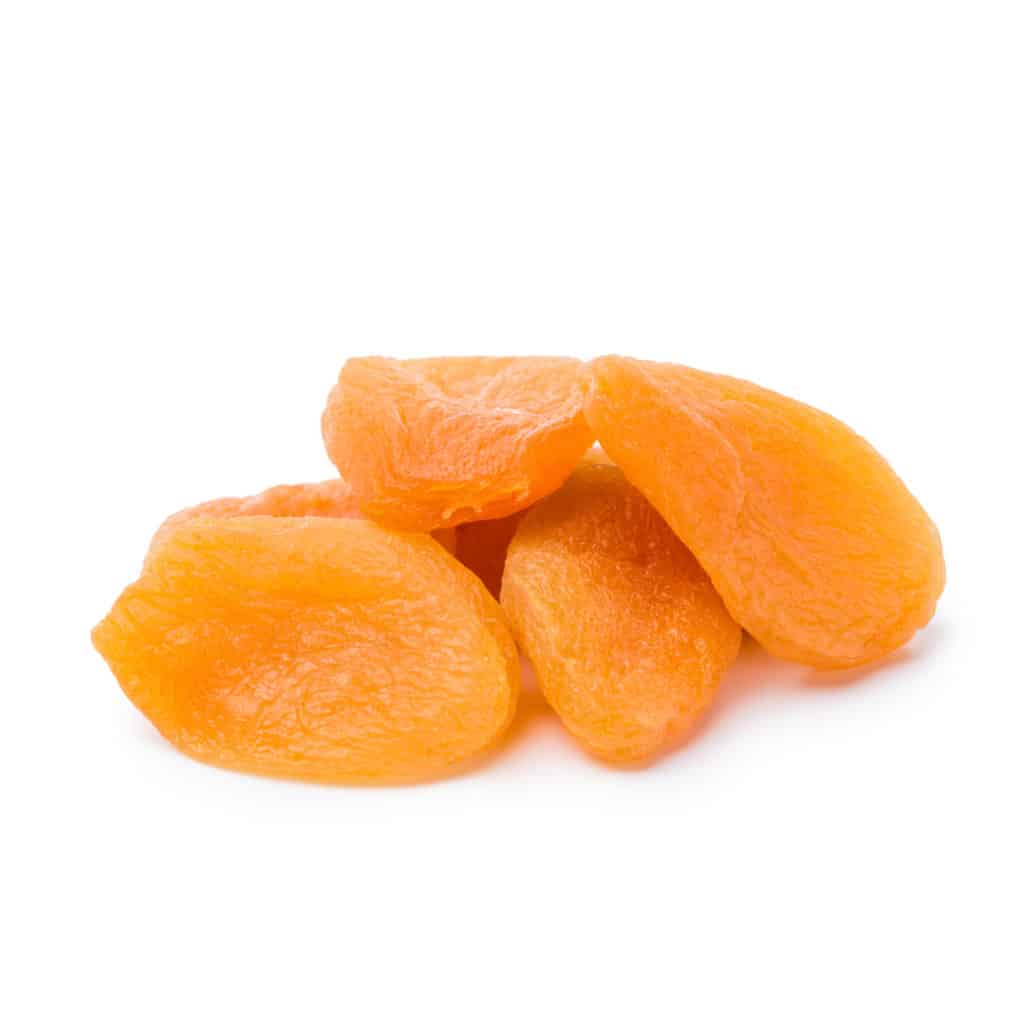Rising Apricot!

The apricot is a widely known fruit that is used in many ways all across the world. Some say the origin of this fruit began in ancient China and dates back more than 4,000 years, and that it is cultivated on every continent except Antarctica. California harvests about 95% of apricots in the United States. This stone fruit, belonging to the Rose family, is grown from a small tree. The lifespan of an apricot tree can range from 15-20 years. Apricots tend to ripen all at once and have a short window of time to harvest. They will turn a golden yellow-orange with a soft flesh, and they will have a strong sweet smell when they are fully ripe.
Storing the fruit is just as important as the harvesting. Underripe apricots can be stored at room temperature in a paper bag up to 23 days. Ripe apricots can be refrigerated for up to one week, but make sure they’re ripe because they will not continue to ripen once they are in the cooler. If your apricots are a little over-ripened, don’t worry; they can be used for sauces, jams or pies.
The benefits are plentiful with apricots, too. They are a natural source of antioxidants, vitamin A, and fiber. They are good for your heart by reducing bad cholesterol, good for your blood because they contain non-heme iron, and good for your skin because of the combination of vitamins A and C.
Apricots are widely eaten as a dessert fresh and whole, but there are other methods of use for this stone fruit as well … just as dried apricots, processed into a jam or preserve, or sliced and prepared for pies or other baked goods.
To begin the drying method, wash your apricots thoroughly. Cut in half and remove the large seed (also known as pitting the apricot). Separate the halves and turn them inside out, with the flesh side facing up. If you are using an oven, set to 200 degrees Fahrenheit for 10-12 hours. In a dehydrator, you can set to 57 degrees Celsius (135 degrees Fahrenheit) for 12 hours. Flip them halfway through to ensure the best quality.
For jams or preserves, begin by peeling, pitting and crushing the apricots. Then, mix the apricots with lemon juice and add sugar. Slowly bring it to a boil while mixing until the sugar is dissolved. Remove from the heat when the apricot mixture is thickened, usually about 25 minutes. Be sure to have your jars ready for jam and boil the jars to seal properly.

Preparing the apricots for pies and other baked goods is very similar. Start with washing the apricots thoroughly, cut in half and scoop the seed out. If desired, you can peel the skin off, but it is not necessary. Mix with water and sugar and bring to a boil over medium heat. You don’t want to crystallize the sugar. This will take about 30 minutes, or until the fruit begins to come apart. Then, squeeze fresh lemon juice into the mixture. Remove from heat and let cool before using.
My favorite way to enjoy apricots is to make a semi-sweet/sour preservative. Then I top a thin, creamy piece of Brie cheese with the preserves and dust with pistachios (or pecans). It’s super delicious!
If you have any questions or would like to discuss new ingredients, you can always feel free to chat with me! I love to work with any ingredients that I can get my hands on and have explored many traditional and innovative alternative methods of cooking. So, even if there’s something new that you would like to explore, we can go on that culinary adventure together! You can reach me at kyle@nona.media.
Kyle is a graduate of the culinary arts from Le Cordon Bleu. With almost 10 years of experience in the culinary industry, Kyle has trained in almost every technique of cooking from Classic to Modern. Fresh ingredients will always be found exciting, no matter how mundane they are. Kyle’s goal is to spread awareness and knowledge of all the possibilities that pertain to the culinary world.


